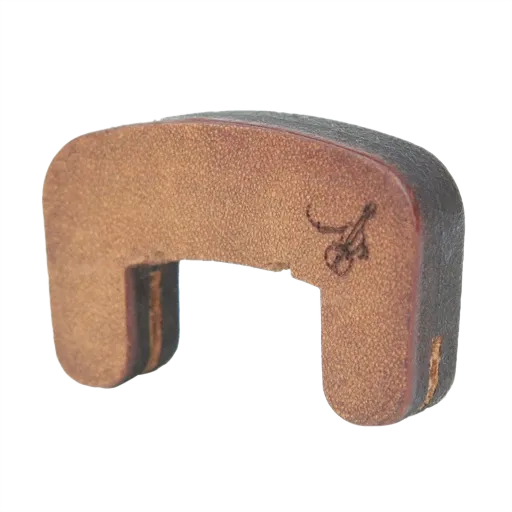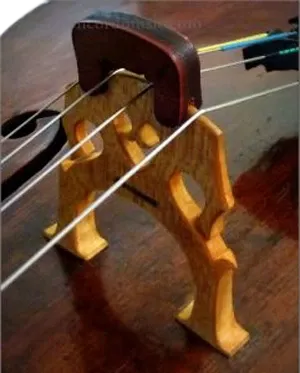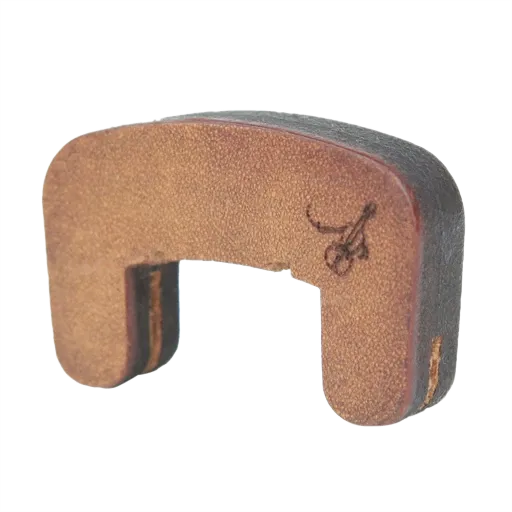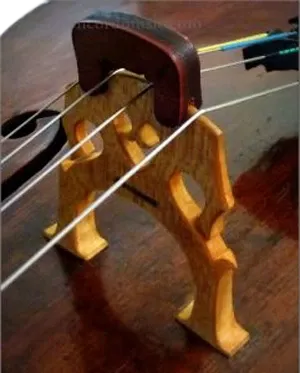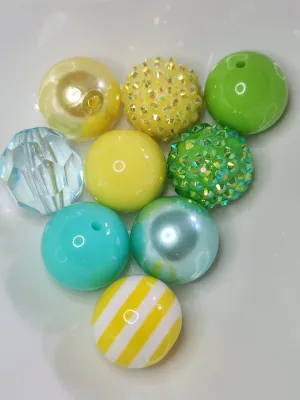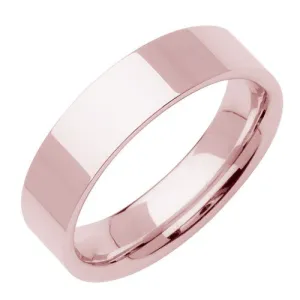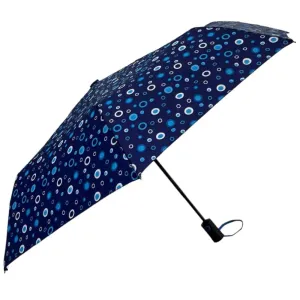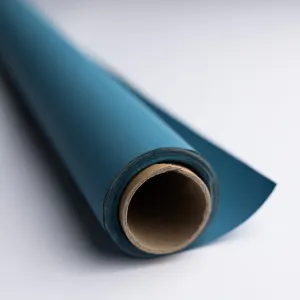Ideal for historical and orchestral performance. There are two main reasons why you would choose to play with a leather mute, rather than another type of mute: * Reduces volume of the sound, without sacrificing quality of sound * Unique design to be used in two different ways, with two different muted effects.
Read our Essential Guide to Mutes
Ideal for historical and orchestral performance.
These mutes are made in Boston, USA by Paul Wiessmeyer; for violin, viola and cello.
There are two main reasons why you would choose to play with a leather mute, rather than another type of mute:
* Reduces volume of the sound, without sacrificing quality of sound
* Unique design to be used in two different ways, with two different muted effects
For a non-muted effect, place the mute (logo facing the tailpiece) on the strings below the bridge, staying vertical and parallel to the bridge. When you are ready to play with a muted effect, you can either slide the mute up so it is touching the bridge (half-muted, or mezzo piano effect) or place the mute directly on the bridge, with the strings in between the prongs (fully muted effect, pianissimo).

